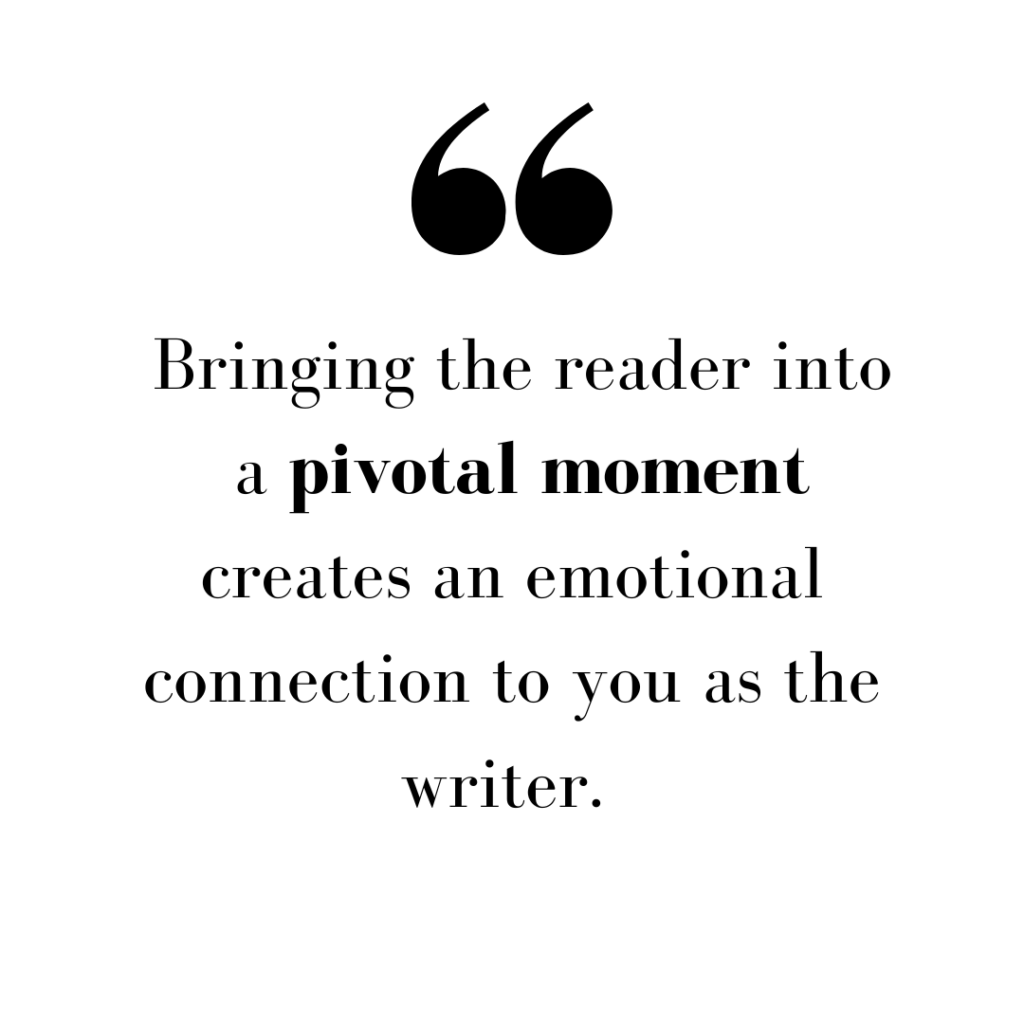
4 Tips to Engage your audience
You’re a writer with something incredible to say. But if you don’t capture your reader in the first 20 seconds, more than likely they won’t stick around long enough to hear your message. Engaging our readers is what keeps them interested. Whether it is in our book or blog, we want to create page turning, site scrolling, and “what-are-they-going-to-say-next?” material. Crafting a great hook, telling descriptive stories, and utilizing your unique voice all help to keep readers attentive.
Here are a few tips to create captivating content:
- Hook the the reader
A hook is an opening sentence that makes the reader want to keep reading. Every chapter of every book needs a hook, this also works wonders for blog and social media posts. Hooks grab attention. A few ideas for hooks are: A funny/alarming/frustrated thought you’ve had (then you explain why you were thinking this way), a quote, a statistic, an interesting question, or a belief you intend to challenge. A quick internet search will provide more examples, but the point is: The first sentence has to be interesting. Instead of writing, ‘The year was 1940 and my dad was going off to fight in world war 2’ write “World War Two was the largest and deadliest war in human history and in 1940, my dad joined the fight.” Which one most grabs your attention? Make that first sentence count!
Be yourself
Don’t try to sound like anyone else, because your true vibe attracts your tribe. You were designed on purpose to reach specific people that are going to connect with your unique personality. Write like you. Comment on your own writing like you. For instance, when I say a powerful truth, sometimes I follow it with: Come on somebody?! Because that is exactly what I would say if I was chatting with a friend and I got excited about a truth bomb that just dropped. Let your emotions and personality show!
Stop comparing your writing to someone else’s. Your writing is unique to you alone. No one can bring your writing voice to the table except you. There is a place for you writing at the table.
- Tell personal stories that touch the heart
Connect with the heart of your reader by including a pivotal life experience. Bringing the reader into a pivotal moment creates an emotional connection to you as a writer. Don’t tell the audience how you felt, show them. Were you “mad” or was your “blood boiling”? Were you “sad” or were “tears streaming down your face”? Bring them into the moment, have them feel what you felt. This makes the reader feel a part of your story.

- Share real-life examples and use figurative language
People are eager to learn and grow but often they don’t want to be lectured or preached at. The greatest teachers make their content relatable and interesting by giving examples. Be sure to always include imagery, practical examples, and lots of figurative language (think: metaphors, similes, hyperboles etc… ) to drive a point home in an interesting way.
For instance, if you are wanting to teach others how much joy is found in gratitude . . . instead of saying “You’ll be happier if you find things to be thankful to instead of things to complain about,” (preachy!) you could say, “When I changed my perspective and started being grateful for the everyday gifts I often took for granted, I was filled with more than a kid on Christmas morning. Real life example, a little imagery, and not telling them what to do, but showing them what you did. This gives the reader a chance to consider if they should make the same perspective shift.
Whether you are working on a book, an essay, or posting online engaging your audience throughout your writing is essential! Use these helpful tips to keep readers interested and coming back for more!
Leave a Reply